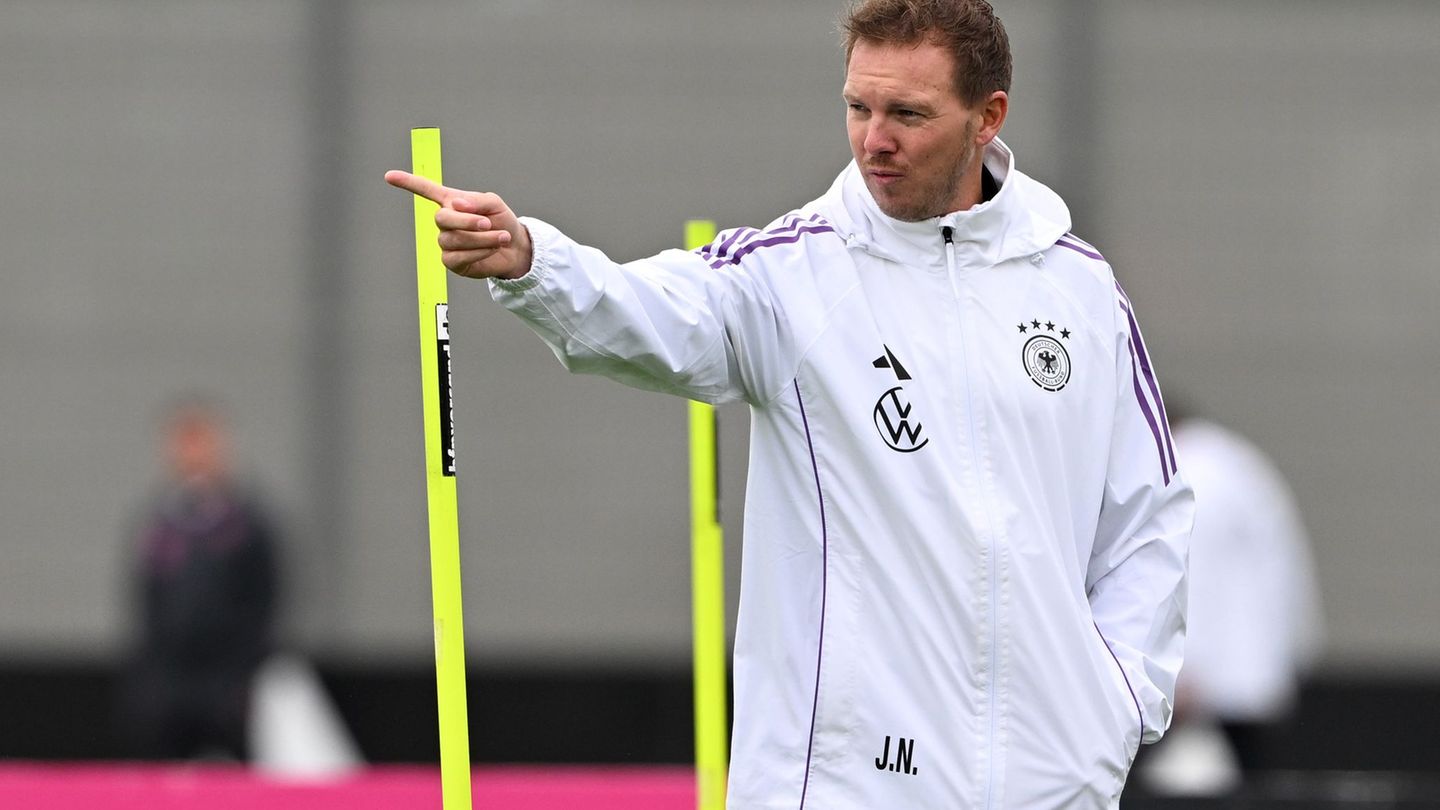The Brussels authorities expect gross domestic product (GDP) to increase by 3.9 percent in 2022, which is 0.4 percentage points less than previously assumed. However, the EU Commission also reduced its figures for 2021: It is now assuming economic growth of 4.5 percent, compared to 4.7 percent in February.
The EU Commission has revised the European growth forecast downwards much more clearly because of the war in Ukraine: The economy of the EU and the euro countries will only grow by 2.7 percent this year instead of the previously expected 4 percent. For the coming year, the EU authority assumes growth of 2.3 percent in the EU and the euro area. In her February forecast, she had predicted 2.8 percent for the EU and 2.7 percent for the euro countries in 2023.
Headwinds for the export industry
After around two years of the coronavirus pandemic, economic growth in Austria will “continue to be supported by pent-up private consumption, the revival of tourism and the service sector”, said the EU authority on Monday in its spring forecast. However, the Russian invasion of Ukraine is a “headwind for the Austrian export industry” and the high prices are also putting pressure on purchasing power. “All in all, this increases the uncertainty of the economic outlook,” said the EU Commission.
For the coming year, the EU Commission expects GDP growth in Austria of 1.9 percent. Among other things, private consumption, the eco-social tax reform and the implementation of the Austrian economic stimulus program are decisive for this, according to the EU forecast. The EU Commission named Austria’s dependence on Russian gas as a “downside risk”.
Inflation peaks at 6 percent
According to the report, inflation will peak in Austria this year at 6.0 percent and only gradually decline to 3.0 percent in 2023. In February, the EU Commission still assumed 3.3 percent in 2022 and 2.2 percent in 2023. It is now said that energy prices have risen from an already high level due to the war in Ukraine. In 2022, inflation will not weaken again until the third quarter.
In terms of inflation in the euro area, the forecast for the euro countries has almost doubled this year, from the previously forecast 3.5 to 6.1 percent on an annual average. In 2023, inflation is expected to drop to 2.7 – still above the 2 percent target of the European Central Bank (ECB). Before the war began, the commission had assumed an average of 1.7 percent in the coming year.
Labor market remains “robust”
According to the calculations, the general government deficit in Austria will fall to 3.1 percent of GDP in 2022 and to 1.5 percent in the coming year. The level of public debt will also continue to fall: after falling to 82.8 percent of GDP in 2021, it is expected to reach 80.0 percent in 2022 and 77.5 percent in 2023.
According to the EU Commission, the domestic labor market “remains robust”. Unemployment will fall to pre-crisis levels: 5.0 percent in 2022 and 4.8 percent in 2023.
Source: Nachrichten




